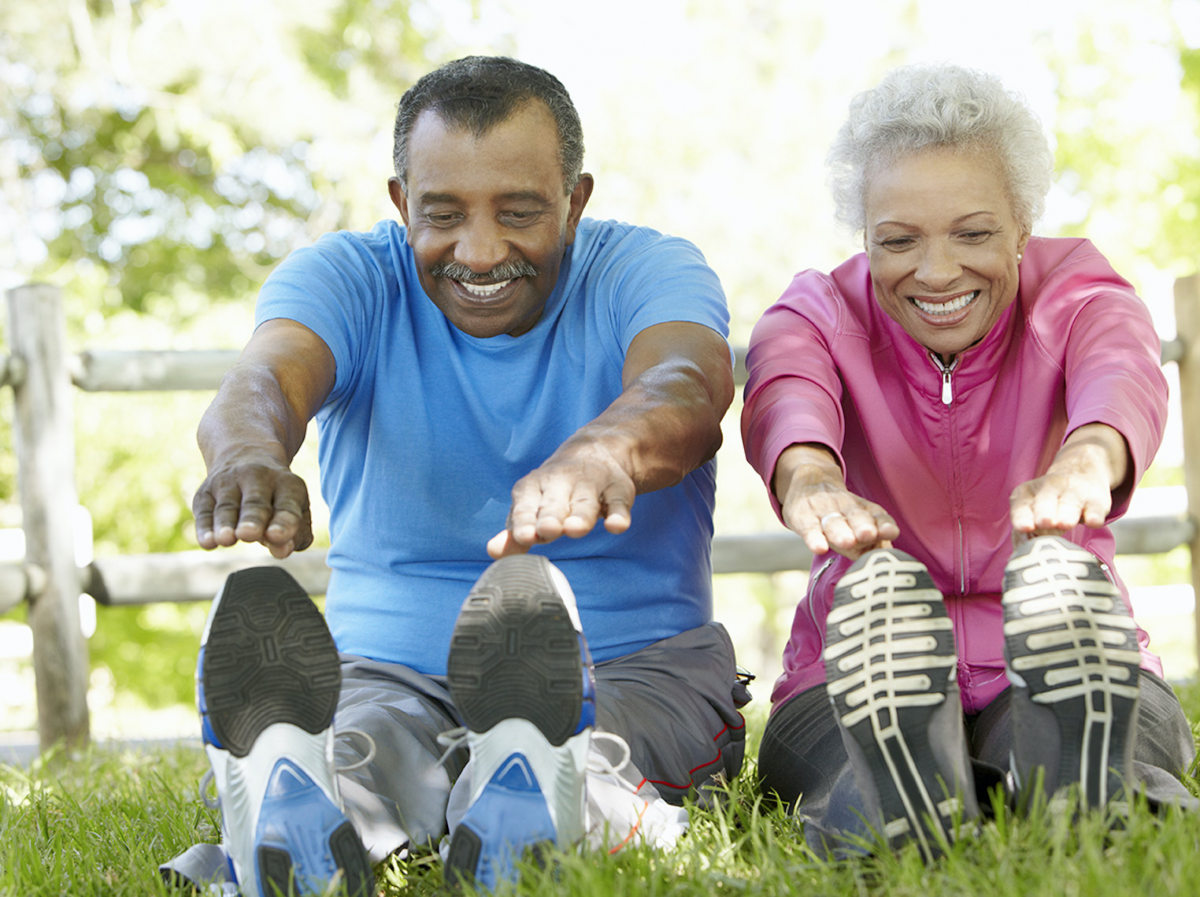Knowing the signs might save a life — maybe yours!
 According to the Centers for Disease Control and Prevention, cardiovascular disease is the number one killer of men and women in the United States. This is partly because many people don’t recognize the symptoms and delay getting the care they need. Learning how to recognize the signs and symptoms of a possible heart attack can help save someone’s life, perhaps your own.
According to the Centers for Disease Control and Prevention, cardiovascular disease is the number one killer of men and women in the United States. This is partly because many people don’t recognize the symptoms and delay getting the care they need. Learning how to recognize the signs and symptoms of a possible heart attack can help save someone’s life, perhaps your own.
How Symptoms Differ
Sweating. Fatigue. Nausea. Jaw pain. These are not the traditional symptoms, but they’re how women often experience a heart attack. Also, women are at greater risk of dying from a heart attack because they often believe their early symptoms are stress-related, or the result of acid reflux or the flu. And those early symptoms may occur days, weeks or even months before the actual heart attack.
In the past, heart disease was considered a disease that primarily affected men. Because of this misperception, women usually received less-aggressive treatment for heart disease and were not referred for diagnostic tests as often. This meant that when women were finally diagnosed, they often had more advanced disease. We now know that cardiovascular diseases affect more women than men and are responsible for more than 51 percent of all deaths in American women.*
Common Heart Attack Symptoms in Men
- Chest pain or discomfort
- Discomfort in one or both arms, the back, neck, jaw or stomach
- Shortness of breath
- Cold sweat, nausea or light-headedness
Common Heart Attack Symptoms in Women
- Unusually heavy pressure on the chest
- Pain or discomfort in one or both arms, the back, neck, jaw or stomach
- Severe shortness of breath with or without chest discomfort
- Unusual or unexplained fatigue
- Unfamiliar dizziness or light-headedness
- Unexplained nausea or vomiting
Not all of the warning signs occur in every attack, and the signs will sometimes disappear and return. Time is critical for anyone experiencing a possible heart attack, since 85 percent of heart damage occurs within the first two hours of a heart attack.** If you wait too long for medical treatment, there is a greater risk of more heart damage.
Common Heart Attack Symptoms
The American Heart Association advises that you know the warning signs of a possible heart attack so that you can take quick action:
- Uncomfortable pain, pressure, fullness or squeezing in the chest
- Pain or discomfort in the shoulders, neck, arms or jaw
- Lightheadedness, fainting or sweating
- Unusual stomach or abdominal pain
- Nausea or dizziness
- Shortness of breath and difficulty breathing
- Unexplained anxiety, weakness or fatigue
- Palpitations, cold sweat or paleness
- Indigestion
If you are experiencing any of these symptoms, call 911 immediately. DO NOT WAIT or attempt to drive to the hospital yourself.
*Heart.org
**Society of Cardiovascular Patient Care
